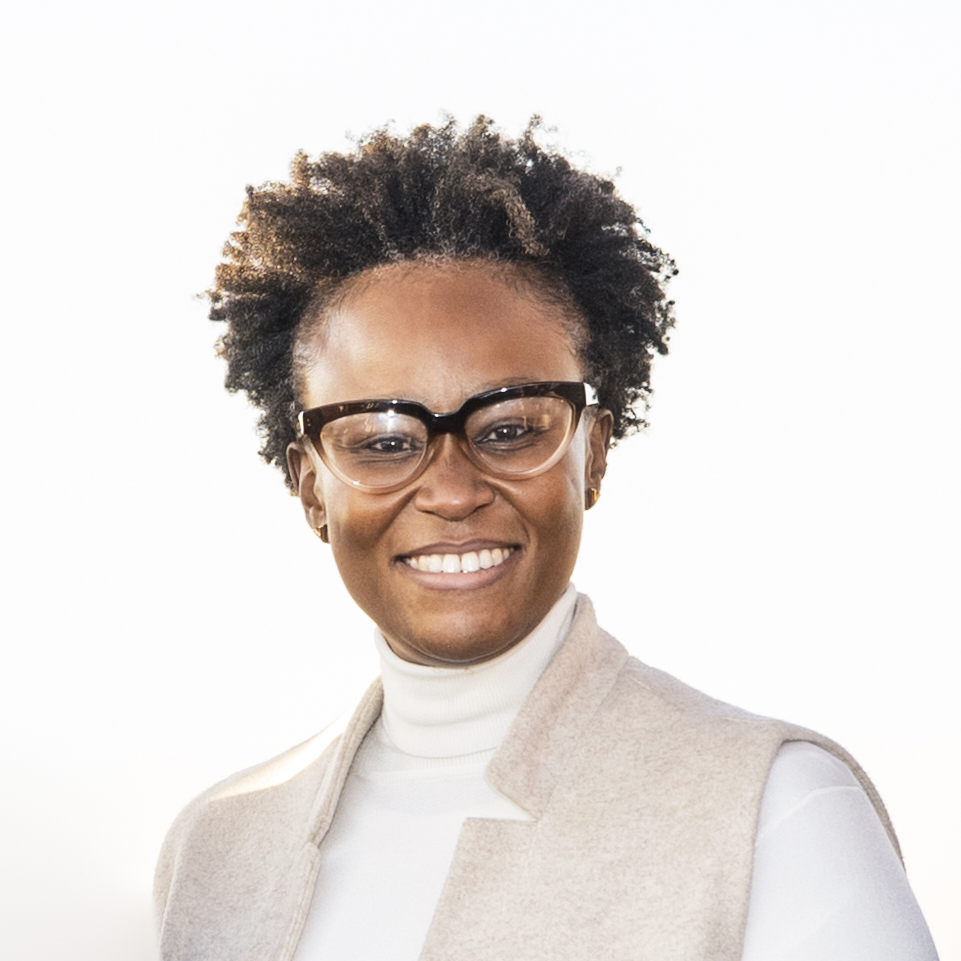Construction is male-dominated. In the United Kingdom, Hong Kong and Australia, the percentage of women in construction has grown to about 12%, but most countries fall under 10%. At 11%, South Africa is just behind the leaders in terms of gender parity, though there is a long way to go.
The reasons for this persisting inequality are complex. Building trades used to be exclusively male, and this history continues to influence what opportunities are available. But two remarkable women are challenging these stereotypes, determined to make a difference in this industry. Both were attracted to construction because they saw it as one of the foundational industries that determine what the economy – and country – looks like. Rose Tsenase, Founder and CEO of Bashoeshoe Construction, and a previous Master Builders Association North exco member says, “From a young age, I was fascinated by the transformative power of construction, the ability to shape environments and communities.” A marketer by profession, and currently studying for her Masters in HR Management, Tsenase sees construction as her career. She studied at the Khuthaza Construction School for Women and has completed several short courses in construction. After several years in the construction industry, she founded Bashoeshoe to address what she saw as a niche– Innovative Building Technology. She believes the country’s need for more quality affordable housing makes innovation in this area especially important Karabo Motsepe-Marutla, our other mould-breaker, joined Corobrik in 2008 with a degree in Political Science from the née Rand Afrikaans Universiteit now called the University of Johannesburg. She found the company’s culture of openness and collaboration highly attractive and remains with the company, where she currently leads the government development department – and also sits on the Master Builders Association North exco. “A strong female presence in any industry is desirable because we bring a fresh perspective, and our skills in areas like problem-solving, teamwork and inclusivity really add value,” she says. “Better gender representation opens up the workplace to new ideas.”

Rose Tsenase, founder of Bashoeshoe
Both women agree that the construction industry continues to be characterised by traditional gender stereotypes, though things are slowly changing. “Overcoming these stereotypes wasn’t easy, but you have to be persistent and accept the fact that challenges are an opportunity for learning,” says Motsepe. “By committing yourself to excellence and innovation, you earn respect and recognition,” Tsenase confirms.
Walking the work/ life tightrope

Karabo Motsepe, government development manager at Corobrik

A key issue for women in the workplace generally is work/ life balance, and construction is no exception. It’s well recognised that women assume the lion’s share of domestic and childcare responsibilities, further compromising their ability to put in the hard work needed to break through entrenched ways of doing things. Tsenase says that putting in place the right strategies and support systems is vital in the quest to strike the right balance. “It is important for me to play my role as a mother while I chase my goals,” she says. She believes that flexible work hours can make a huge difference in this regard. Their separate experiences confirm what many women who have been successful in male-dominated spheres have noted: the importance of mentors. Motsepe-Marutla says her CEO, Nick Booth, is an important mentor for her, amongst others. But her greatest role model continues to be her 92-year-old grandmother who, having lost her husband almost 50 years ago, set herself the goal of ensuring her seven children got the education they needed to succeed in life. “It is essential to find mentors, both male and female, who can provide guidance and support,” adds Tsenase. She believes that the government needs to do more by implementing new policies and enforcing existing regulations to drive gender inclusion in the industry. Public education and advocacy are also important, both to challenge stereotypes and alert women to the opportunities that the construction industry offers. “It’s not just about hard hats,” laughs Motsepe-Marutla. “The industry is constantly changing and growing, so there are many areas – architecture, design, engineering, planning, health and safety, to name just a few – where female graduates can shine.” However, these opportunities will continue to be limited by the headwinds the construction industry continues to face. One element is the continuing inability of the government to turn its ambitious plans to build more infrastructure into reality, while slow payment by the government is also an ongoing challenge. The construction mafia – “let’s call it for what it is,” says Motsepe – is also a factor inhibiting the industry’s recovery. Mohau Mphomela, Executive Director at Master Builders Association North says that female leaders like Motsepe-Marutla and Tsenase show that the construction industry is gradually changing. “Women like these are paving the way for a new generation of women to see our industry as a place where they can build satisfying careers and drive meaningful change,” he concludes.










